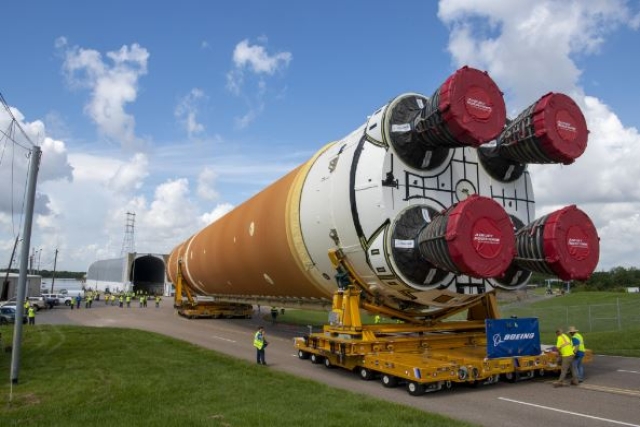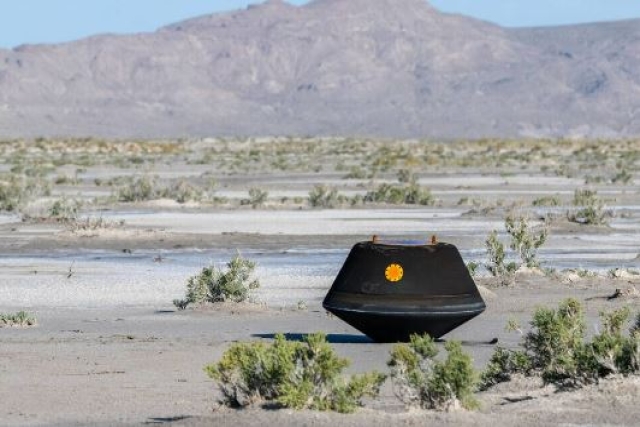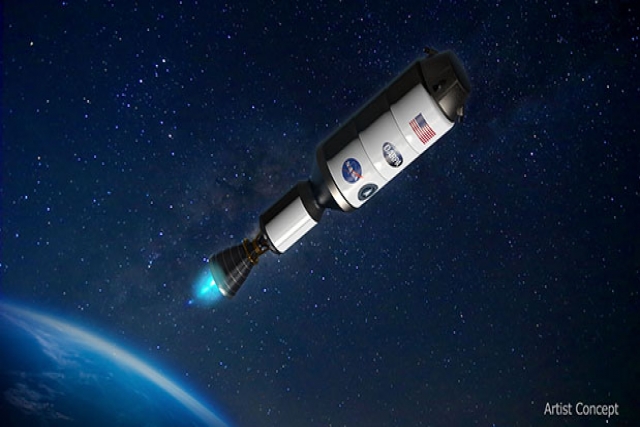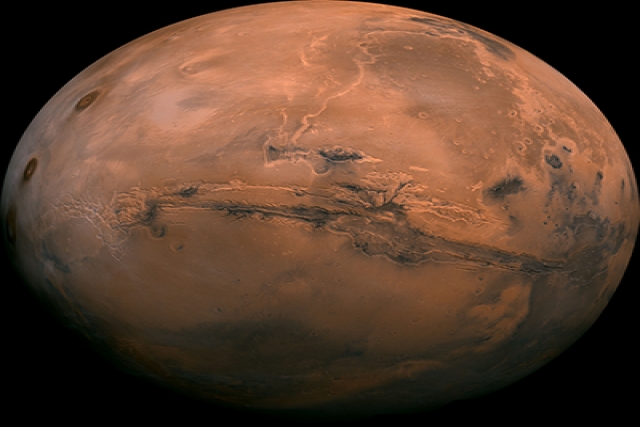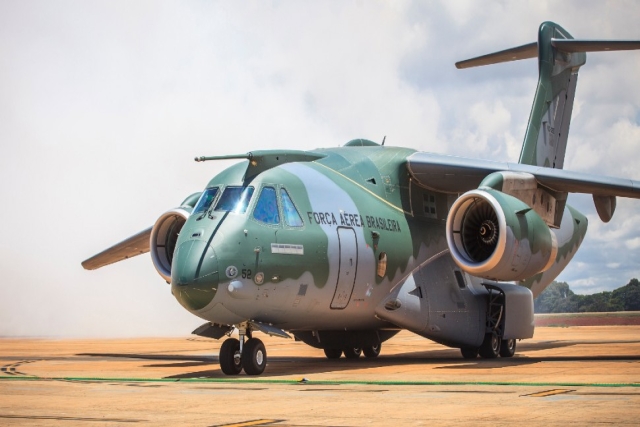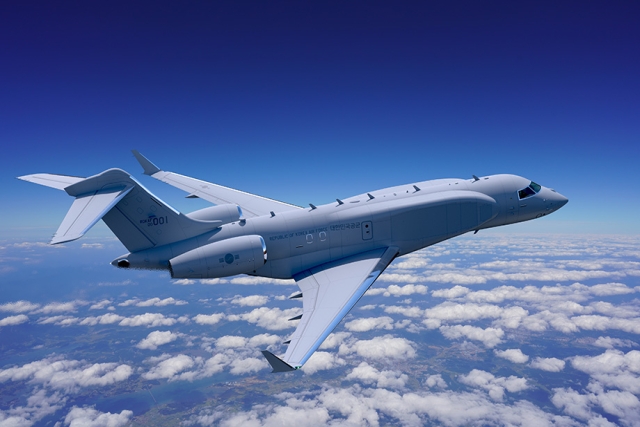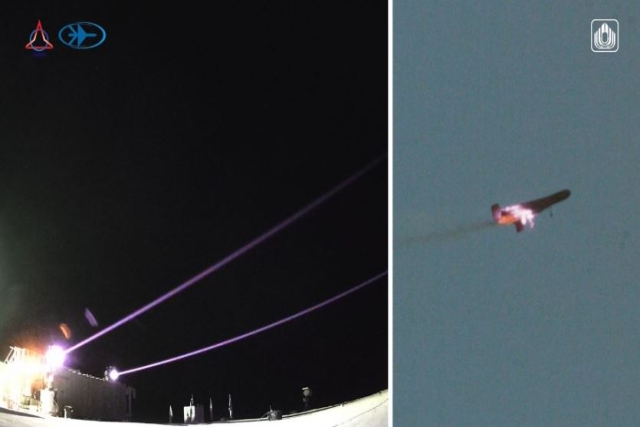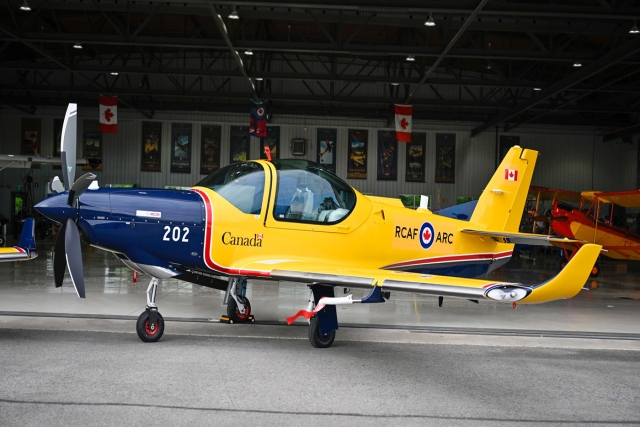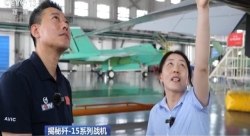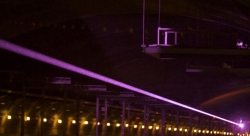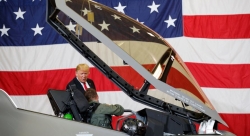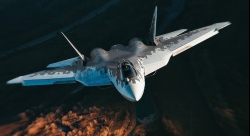Lockheed Martin Completes Orion Spacecraft for NASA’s Artemis II Moon Mission
Newly upgraded Orion to carry four astronauts in first crewed lunar mission of Artemis program
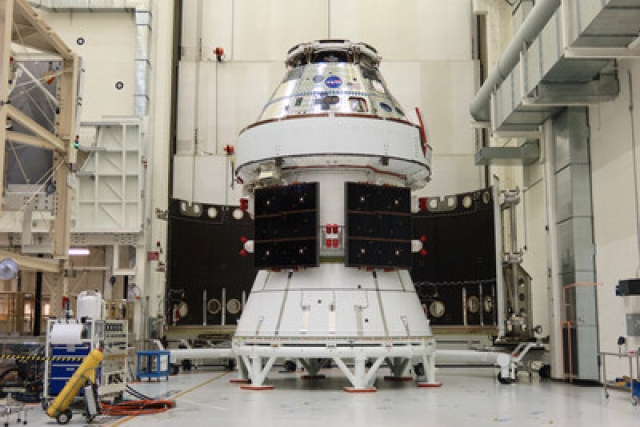
Lockheed Martin has officially completed the assembly and testing of NASA’s Orion spacecraft for the Artemis II mission, handing over the vehicle to NASA’s Exploration Ground Systems team on May 2.
This transfer marks a key milestone as NASA moves closer to its first crewed mission to the Moon since 1972, advancing long-term plans for lunar exploration and future human missions to Mars.
Artemis II, slated for early 2026, will send four astronauts—Reid Wiseman, Victor Glover, Christina Koch, and Canadian astronaut Jeremy Hansen—on a 10-day journey 4,600 miles beyond the Moon and back. The mission will test Orion’s systems with a crew on board for the first time, building on data gathered from uncrewed Artemis I and EFT-1 test flights.
Lockheed Martin, the prime contractor for Orion, developed the crew module, crew module adaptor, and launch abort system. Enhancements for Artemis II include new life support systems, thermal controls, waste management, upgraded displays, audio communications, and an exercise machine. The spacecraft also carries experimental docking sensors and a laser communications system to support high-data-rate transmissions.
NASA’s Exploration Ground Systems will now begin final preparations, including fueling the spacecraft and installing its launch abort system. Once complete, Orion will be mounted onto the Space Launch System rocket in the Vehicle Assembly Building at Kennedy Space Center for final checks before launch.
Lockheed Martin is continuing work on future Orion spacecraft, with Artemis III and IV vehicles already in progress. The company is contracted to supply Orion capsules through Artemis VIII.

